
Content
- Causes of bovine mastitis
- Bovine Mastitis Symptoms
- Diagnosis of bovine mastitis
- Bovine mastitis treatment
- Prevention of bovine mastitis
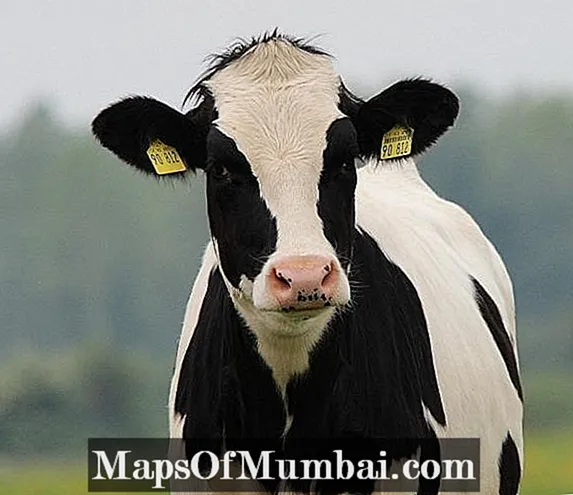
Bovine mastitis is an inflammation of the mammary gland that causes changes in the biochemical composition of milk and gland tissue.
It is one of the most common diseases of dairy cows. Mastitis has a negative impact on the quality and quantity of milk produced, causing losses for the bovine sector. If not treated in time, it can become a chronic disease and cause the cow to be euthanized.
Keep reading this PeritoAnimal article to know everything about symptoms and treatment of bovine mastitis.
Causes of bovine mastitis
Mastitis is a multifactorial disease, as the infection depends on the germs, the environmental conditions, and the characteristics of the cow. Microorganisms invade the breast tissue, causing the gland to become inflamed. We can classify mastitis into:
contagious mastitis: originate by micro-organisms that live in the mammary gland ((Streptococcus agalactiae and Staphylococcus aureus principally). They are transmitted during the milking of the cow, through contaminated milking machinery, by the calf or by incorrect handling of workers (dirty rags, not wearing gloves, etc.). Cause a decrease in the amount of milk.
environmental mastitis: originate by microorganisms (streptococci environmental and the coliforms) that live in the environment, and are transmitted between milkings and in the dry period when the gland does not produce milk. Their presence helps determine the level of contamination on the farm.
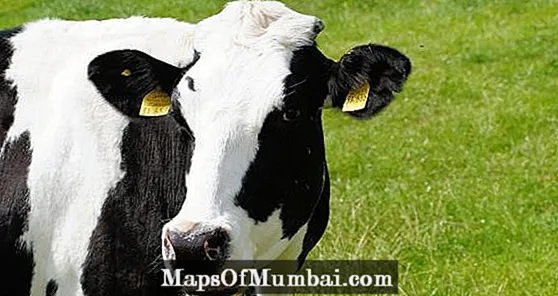
Bovine Mastitis Symptoms
Depending on the symptomatology, mastitis can be classified mainly into:
subclinical mastitis: is harder to detect than others. Although no changes are observed in either the milk or the udder, the microorganism and somatic cell count is high.
clinical mastitis: there is an inflammation of the affected udder, even the animal feels pain when touched in this region. The milk is altered with the presence of scales, clots, discolored whey, and sometimes blood.
acute mastitis: endangers the animal's life. There are also generalized signs such as fever, less milk production or loss of appetite.

Diagnosis of bovine mastitis
In addition to noticing the cow's symptoms, milk samples are collected and the following tests can be performed to diagnose mastitis in the cow:
- somatic cell count: a high number of somatic cells is related to a reduction in milk production (more than 200,000 cells/ml indicates subclinical mastitis.
- Cultivation of Milk Bacteria: microorganisms causing inflammation of the gland will be identified (more than 50,000 bacteria/ml may indicate the source of contamination).
- California Mastitis Test: indicates the number of elite somatic cells that have been collected as a sample.
- Other tests.
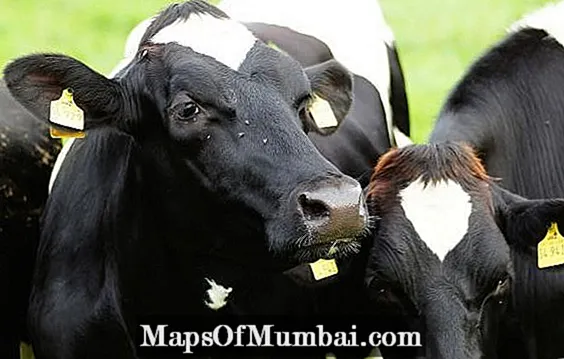
Bovine mastitis treatment
must know that prevention gives better results and it is more efficient than the treatment that can be carried out. The treatment will depend on the causative microorganism and if it is subclinical or clinical, using intramammary antimicrobial, the veterinarian will inform about the treatment to be followed to remedy the cow's mastitis.
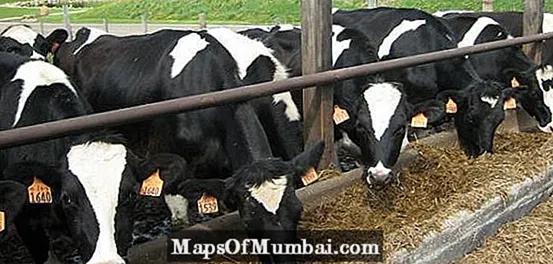
Prevention of bovine mastitis
Prevention is the key to controlling this disease, and even more important than treatment. Below we offer you a list of preventive measures for prevent contagious mastitis:
Disinfection of teats before and after milking
- Milk the infected cows at the end
- Good hygiene during milking
- Good condition of the milking machine
- Drying treatment
- Discard cows with chronic mastitis
With regard to preventive measures that must be taken into account for reduce the appearance of environmental mastitis we have the following:
- Good food and water
- good quality milk
- Good hygiene of the facilities
- Good ventilation
- Clean and dry teats
- Keep cows standing for some time after milking
If you've recently adopted a kitty, check out our name ideas for her.
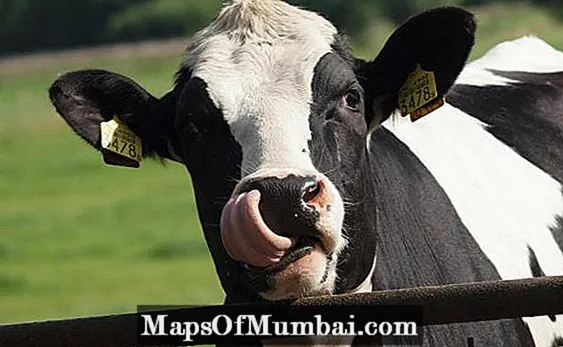
This article is for information purposes only, at PeritoAnimal.com.br we are not able to prescribe veterinary treatments or perform any type of diagnosis. We suggest that you take your pet to the veterinarian in case it has any type of condition or discomfort.